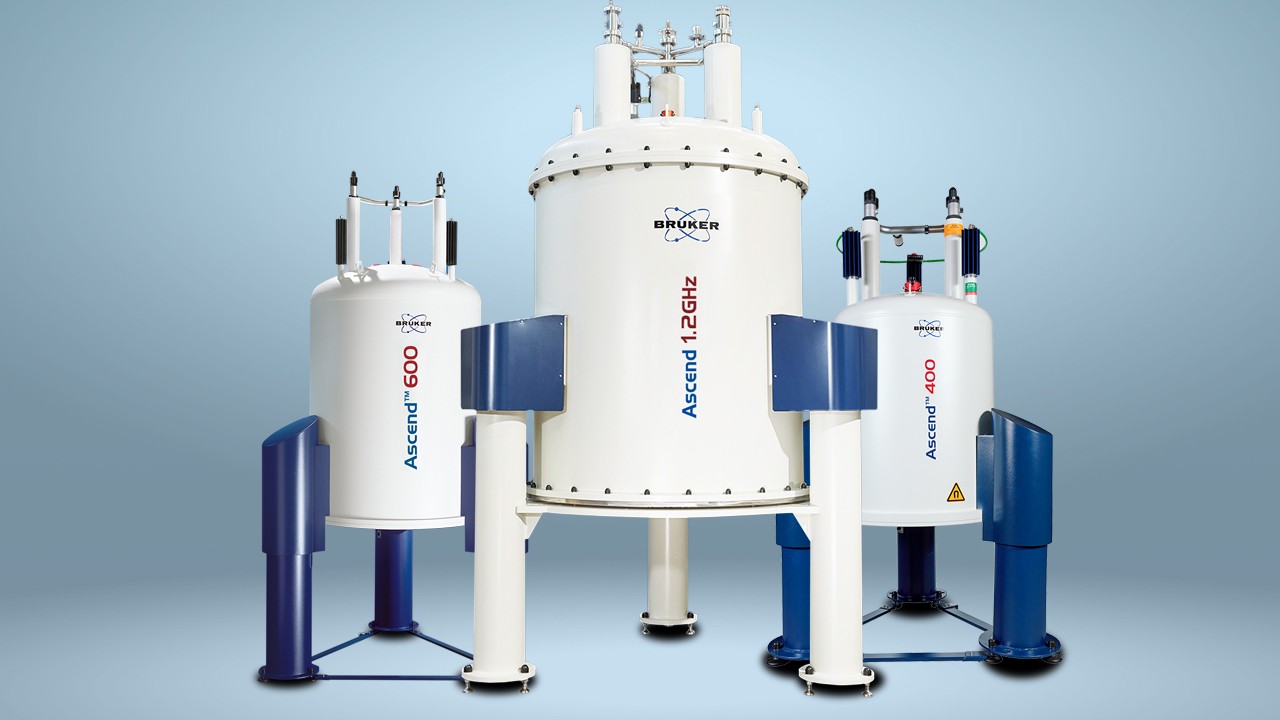

New In Bruker User Library: DREAMTIME NMR
The approach termed DREAMTIME, allows users to pull out only what they want to see from complex mixtures
A new contribution to our online user library (The Resonance Exchange) has just been made available by Amy Jenne, Wolfgang Bermel, Carl A. Michal, Oliver Gruschke, Ronald Soong, Rajshree Ghosh Biswas, Monica Bastawrous, and Andre J. Simpson from the A. Simpson NMR Group, Environmental NMR Centre, University of Toronto.
The approach termed DREAMTIME, allows users to pull out only what they want to see from complex mixtures (see Fig. 1). DREAMTIME is novel in that it combines doubly selective excitation, with multiple amplitude- and phase-modulated waveforms, which allows many molecules to be co-selected. By passing the magnetization through a phase-cycled double quantum filter, only the J-coupled magnetization is refocused while all other unwanted signals cancel. This produces an in-phase signal of just the targets. The result is that numerous compounds can be cleanly selected at the same time even if they were buried beneath many other compounds in a mixture, and thus not visible in standard 1H NMR. This allows a user to then target a defined suite of molecules they want to see in a mixture and largely negate overlap.
Considering DREAMTIME’s ability to reduce overlap, it has potential to be used for structural elucidation in mixtures (i.e. very clean spin system selection of a target). However, as it is best to select one molecule at a time when performing structure elucidation, this application may not realize DREAMTIME’s full potential. The greatest promise of DREAMTIME is its ability to co-select a suite of molecules. As such, the authors believe the main application for DREAMTIME will be targeted NMR spectroscopy where the user is interested in sub-components of a mixture, but the desired compounds cannot be seen in 1D NMR due to overlap. Examples could include, following compounds during a process, probing inside a living organism, products formed in a complex reaction, or across a series of samples (for example, targeted metabolomics and medicine).
As the result from DREAMTIME is in-phase magnetization, essentially any other NMR approach can be simply concatenated, examples of DREAMTIME-COSY, DREAMTIME-HSQC and DREAMTIME-MRI are demonstrated. In addition, A novel “multi-focusing” approach has been developed and concatenated with DREAMTIME such that it allows a number of multiplets, each from a different molecule, to be focused, improving detection limits for the targeted compounds. Indeed, increases in SNR of about 7-12 over standard 1H NMR are achieved which even holds in complex systems such as human blood and urine.
The drawback of DREAMTIME is its relatively steep learning curve, especially when combined with multi-refocusing. But the result is “What you want is what you get NMR, combined with increased sensitivity”, thus potentially opening up fundamentally new avenues of NMR research. To offset the learning curve, an extensive practical guide is provided in the supporting information of the main paper. This is bolstered by a second practical guide, specific to multi-focusing, in the Resonance Exchange package. Pulse programs, pre-print manuscript, python scripts, example datasets, as well as links to a website for reconstruction are included.
Compatibility
The pulse program codes were developed on an Avance IIIHD spectrometer running TopSpin 3.5. Unless otherwise stated both Topspin 3 and Topspin 4 versions are included.
The approach is detail in reference [1].
References
- Jenne A, Bermel W, Michal CA, Gruschke O, Soong R, Ghosh Biswas R, Bastawrous M, Simpson AJ, DREAMTIME NMR Spectroscopy: Targeted Multi‐compound Selection with Improved Detection Limits, Angewandte Chemie, In Press, 2022. doi: 10.1002/anie.202110044Nature Chemistry, 2018, 10: 888–894.


